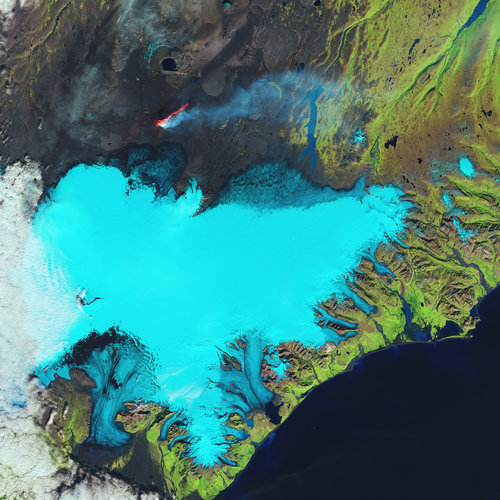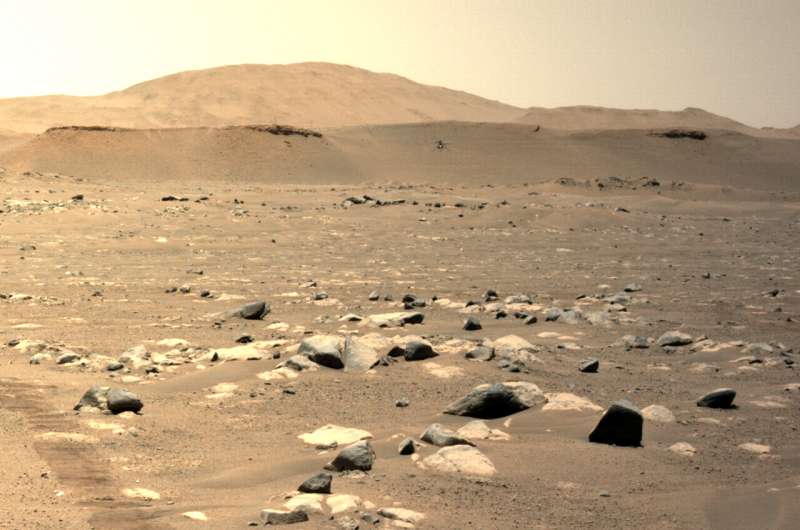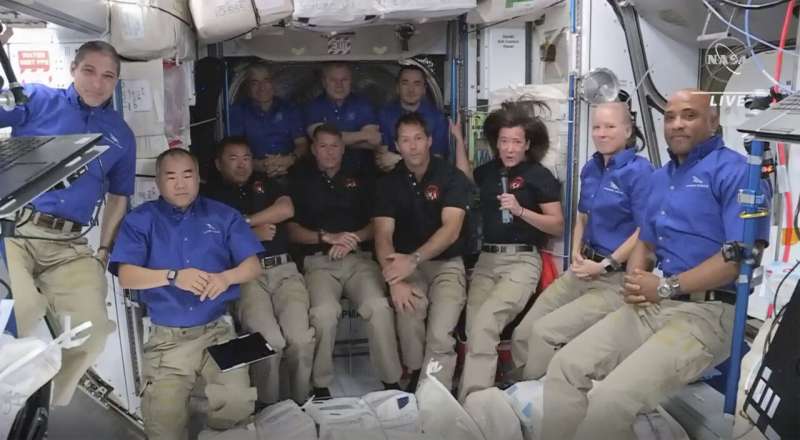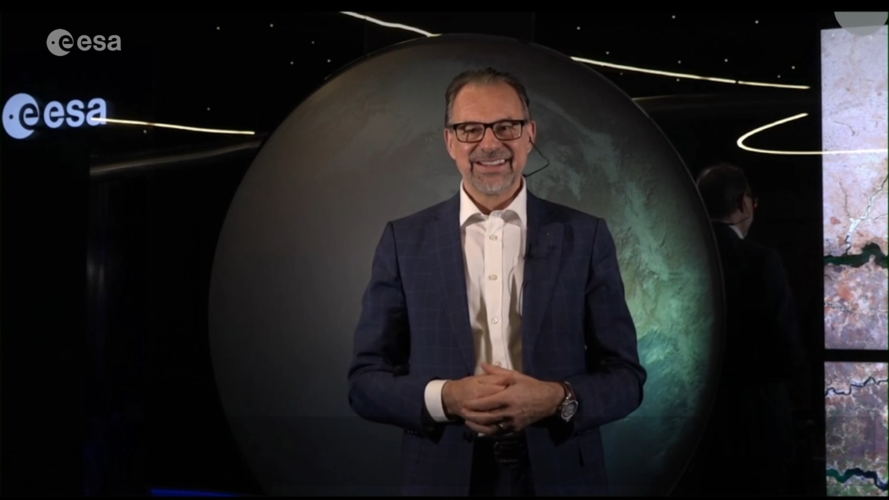
Copernical Team
Copernicus Masters 2021 submissions open

The Copernicus Masters 2021 competition is now open for submissions. This international competition awards prizes to innovative solutions, developments and ideas for business and society that use satellite data from the Copernicus programme.
NASA investigates vegetation
 From the vantage point of space, NASA's fleet of Earth-observing satellites joins with those of partner interagency and international agencies to investigate and illuminate connections between ecosystems that are continents apart, or right next door. With a global perspective, scientists can observe how factors like deforestation, climate change and disasters impact forests and other plant life
From the vantage point of space, NASA's fleet of Earth-observing satellites joins with those of partner interagency and international agencies to investigate and illuminate connections between ecosystems that are continents apart, or right next door. With a global perspective, scientists can observe how factors like deforestation, climate change and disasters impact forests and other plant life ESA to live tweet asteroid impact exercise

For almost a decade, world asteroid experts have been meeting every two years at the Planetary Defense Conference and pretending an asteroid impact is imminent. Why? To prepare for the unlikely – but plausible – scenario in which this comes true.
Official: China's moon probe will carry French, Russian gear

NASA's Mars helicopter's third flight goes farther, faster than before

NASA's mini helicopter Ingenuity on Sunday successfully completed its third flight on Mars, moving farther and faster than ever before, with a peak speed of 6.6 feet per second.
After two initial flights during which the craft hovered above the Red Planet's surface, the helicopter on this third flight covered 64 feet (50 meters) of distance, reaching the speed of 6.6 feet per second (two meters per second), or four miles per hour in this latest flight.
"Today's flight was what we planned for, and yet it was nothing short of amazing," said Dave Lavery, the Ingenuity project's program executive.
Stone skipping techniques can improve reentry of space vehicles
 Skipping stones on a body of water is an age-old game, but developing a better understanding of the physics involved is crucial for more serious matters, such as water landings upon reentry of spaceflight vehicles or aircrafts.
In Physics of Fluids, by AIP Publishing, scientists from several universities in China reveal several key factors that influence the number of bounces a skipping st
Skipping stones on a body of water is an age-old game, but developing a better understanding of the physics involved is crucial for more serious matters, such as water landings upon reentry of spaceflight vehicles or aircrafts.
In Physics of Fluids, by AIP Publishing, scientists from several universities in China reveal several key factors that influence the number of bounces a skipping st Georgia Tech shares $15M from NASA to advance deep space exploration
 Every few years, NASA creates Space Technology Research Institutes (STRI) in areas it believes are going to be strategic for future technology and space missions. Today, that area is electric propulsion - the use of electrical energy to accelerate propellant to create thrust. The technology yields extremely efficient thrusters to power space flight for gateway launches to the moon or even shuttl
Every few years, NASA creates Space Technology Research Institutes (STRI) in areas it believes are going to be strategic for future technology and space missions. Today, that area is electric propulsion - the use of electrical energy to accelerate propellant to create thrust. The technology yields extremely efficient thrusters to power space flight for gateway launches to the moon or even shuttl SpaceX Crew-2 astronauts enter International Space Station
 The four astronauts aboard Crew-2 Dragon capsule Endeavour entered the International Space Station on Saturday morning, more than 26 hours after being launched from Florida.
The arrival boosted space station occupancy temporarily to 11, one of the highest numbers in history and the most since the space shuttle program ended in 2011. The record was set in 2009 with 13 people on board.
The four astronauts aboard Crew-2 Dragon capsule Endeavour entered the International Space Station on Saturday morning, more than 26 hours after being launched from Florida.
The arrival boosted space station occupancy temporarily to 11, one of the highest numbers in history and the most since the space shuttle program ended in 2011. The record was set in 2009 with 13 people on board. Biggest space station crowd in decade after SpaceX arrival

The International Space Station's population swelled to 11 on Saturday with the jubilant arrival of SpaceX's third crew capsule in less than a year.
Mission Alpha: Josef Aschbacher congratulates the crew
 Video:
00:04:17
Video:
00:04:17
ESA Director General Josef Aschbacher congratulates the Dragon Crew 2 shortly after they enter the Space Station. ESA astronaut Thomas Pesquet, NASA astronauts Megan McArthur and Shane Kimbrough, and JAXA (Japan Aerospace Exploration Agency) astronaut Akihiko Hoshide arrived at the Station one day after their launch on 23 April at 10:49 BST (11:49 CEST, 05:49 local time).
Thomas is the first ESA astronaut to fly in space in a vehicle other than the Russian Soyuz or the US Space Shuttle, and the first ESA astronaut to leave Earth from Florida, USA, in over a decade. This is his

